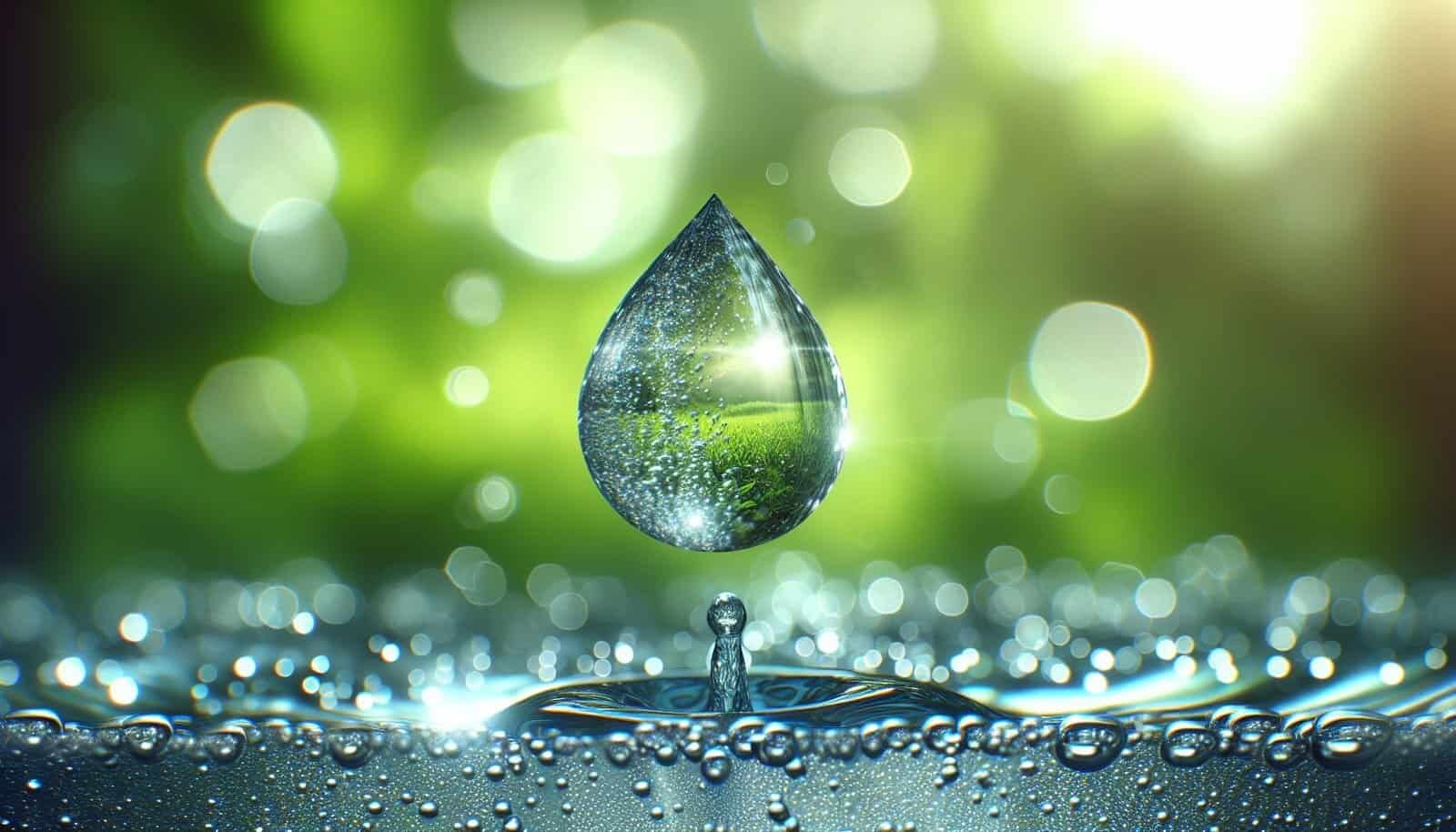Have you ever wondered about the quality of the water that flows from your well? Ensuring that your well water is safe and contaminant-free is crucial for the health and well-being of your household. In this comprehensive guide, we will explore the ins and outs of well water testing, focusing on where you can get it tested along with why regular testing is a practice you should not overlook.
Why is Well Water Testing Important?
When you rely on a private well for your water supply, it is up to you to ensure its safety. Unlike municipal water sources, private wells are not subject to government regulations for water quality. This means that regular testing is your responsibility and is vital to protect your family from potential health risks.
Health Risks of Contaminated Well Water
Contaminated well water can lead to a variety of health issues. Common contaminants include bacteria, nitrates, heavy metals, and pesticides, any of which can cause illnesses ranging from mild discomfort to serious diseases. For example, exposure to high nitrate levels can be particularly dangerous for infants and pregnant women, potentially leading to conditions such as methemoglobinemia, also known as “blue baby syndrome.”
Environmental Factors
Environmental factors such as land use around your property and geological conditions can influence the safety of your well water. Agricultural activities, industrial discharges, and even urban runoff can all introduce pollutants into your groundwater supply, necessitating regular testing to stay informed about any changes in water quality.
How Often Should You Test Your Well Water?
Frequency of testing depends on various factors, such as local regulations and recent environmental changes. However, the general recommendation is to test your well at least once a year for bacteria and nitrates and every three to five years for other contaminants like heavy metals and pesticides. Any time there is a change in water taste, odor, or appearance, you should perform an extra test.
Comprehensive Annual Testing
Annual testing for bacteria and nitrates is a minimum standard recommended by many environmental agencies. This ensures the most common and immediate threats to water safety are regularly monitored and addressed.
Situational Testing
Following events like flooding, land disturbances, or nearby hazardous spills, immediate testing is advised. Changes in your well’s structure, such as depth or construction, should also prompt water quality reassessment. Listen to local advisories for additional guidance specific to your area.

What Tests Are Commonly Conducted?
When you decide to test your well water, there are several specific tests commonly performed. Each test identifies different potential contaminants.
Bacterial Testing
Testing for the presence of coliform bacteria and E. coli is paramount. These bacteria are indicators of contamination from human or animal waste, and their presence necessitates immediate corrective measures.
Chemical Testing
This includes testing for nitrates, nitrites, fluoride, and other inorganic substances. High levels of chemicals like nitrates often result from agricultural runoff or septic system malfunctions.
Heavy Metal Testing
Tests for heavy metals like lead, arsenic, and mercury are vital, particularly in areas with a history of mining, industrial activity, or with older plumbing systems.
Pesticides and Volatile Organic Compounds (VOCs)
If your home is near agricultural areas or industrial sites, testing for pesticides and VOCs, which can include solvents and fuel components, is recommended.
Where Can You Get Your Well Water Tested?
Now, let’s explore the different places and entities that offer well water testing services. Determining where to get your water tested might seem daunting, but numerous options are available.
Local Health Departments
Many local health departments offer well water testing services, often at a reduced cost for residents. They can provide you with both testing services and educational resources about maintaining your water well. Contact your local health department to check availability and services provided.
State-Certified Laboratories
These laboratories are certified by state environmental or health agencies to conduct accurate testing according to established standards. When choosing a state-certified lab, ensure they are specifically certified to test for drinking water contaminants.
University Extension Services
Some universities, particularly those with agricultural departments, offer water testing services as part of their extension programs. These services are reliable and usually less expensive than private laboratories.
Private Laboratories
Private laboratories often offer more comprehensive testing packages, including highly specialized tests that other options might not offer. Consider this option if you need a detailed analysis or immediate results.
Online Testing Services
These services allow you to purchase a testing kit online, take a sample at your convenience, and send it back for analysis. They provide easy access and straightforward instructions, making it easy for homeowners to regularly test their water supply.
| Testing Facility | Advantages | Considerations |
|---|---|---|
| Local Health Departments | Low cost, educational resources | Limited testing scope |
| State-Certified Laboratories | Accurate, meets standards | May have longer processing times |
| University Extension Services | Less expensive, educational support | Region specific |
| Private Laboratories | Comprehensive, fast results | Higher costs |
| Online Testing Services | Convenience, easy process | Requires mailing samples |

What to Expect During the Testing Process
Understanding the water testing process can demystify anxiety about what comes next after deciding to have it done.
Collecting the Sample
When you decide to test your well water, proper sample collection is crucial. Most entities will provide guidelines or kits to ensure samples are not contaminated during collection. Always use clean, sterilized containers and follow instructions provided.
Sending the Sample
Depending on your choice of testing facility, you’ll either deliver the sample in person, mail it, or have a technician collect it. Make sure to store and transport the sample as recommended to prevent alterations in its microbial or chemical properties.
Receiving Your Results
After processing, most services will provide a detailed report of your water analysis. This report will usually highlight any contaminants found and compare them against health standards. If contaminants are detected, guidance on corrective measures is often included.
Interpreting Test Results
Understanding your water test results is crucial for taking appropriate actions to remedy any issues found.
Understanding Common Terms
When reading your water test results, familiarize yourself with terms such as:
- Maximum Contaminant Level (MCL): The highest level of a contaminant allowed in drinking water.
- Action Levels: Advisory levels at which specific actions should be taken.
Comparing Results with Standards
Evaluate your results against national guidelines such as those provided by the Environmental Protection Agency (EPA). Comparing these benchmarks will help you understand the relative safety or risk posed by your water.
Identifying Problems
If any values exceed recommended levels, it’s important to understand the possible sources of contamination. This knowledge will guide you in choosing the right remedial action, whether it’s upgrading your filtration system, disinfecting your well, or consulting professionals for more permanent solutions.

Addressing Contamination Issues
Once you have identified that your well water is contaminated, it’s crucial to take immediate, informed actions to rectify the situation.
Short-term Solutions
For bacterial contamination, shock chlorination is a common emergency solution. It involves adding a strong chlorine concentration to your water system to kill any lingering bacteria.
Long-term Solutions
Potential long-term solutions include installing filtration systems designed for specific contaminants, such as reverse osmosis filters for heavy metals or activated carbon filters for chemicals. Consult water treatment professionals for solutions tailored to your specific needs.
Regular Monitoring
Once you have addressed contaminants, establish a routine monitoring schedule to ensure your water remains safe. Periodic testing, along with monitoring any environmental changes, will alert you to new risks or threats to your water quality.
Final Thoughts
Ensuring the safety of your well water requires vigilance and a proactive approach. Regular testing, backed by a solid understanding of potential contaminants and their health risks, provides peace of mind and safeguards the health of those who rely on it. Whether you choose a local health department, state-certified lab, or any other testing service, ensure it meets your specific needs and offers reliable, accurate results.
By taking charge of your well water testing, you’re ensuring the purity of one of life’s most essential resources––an investment that truly pays off in the long run with the safety and health of your family.


